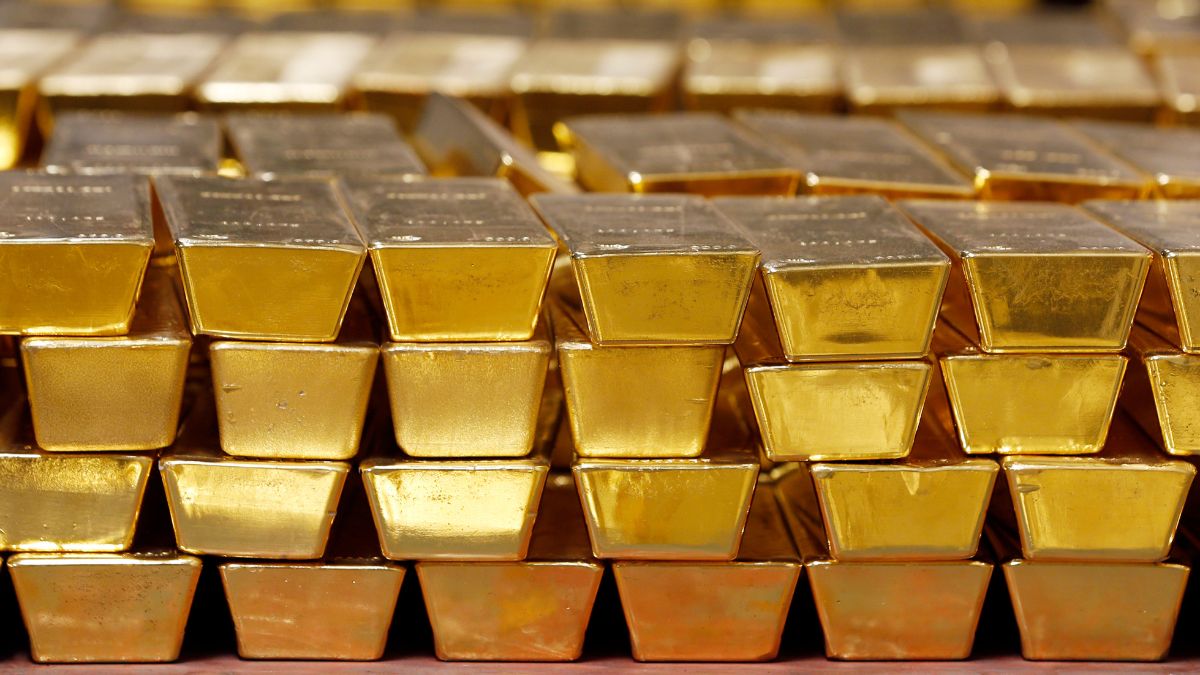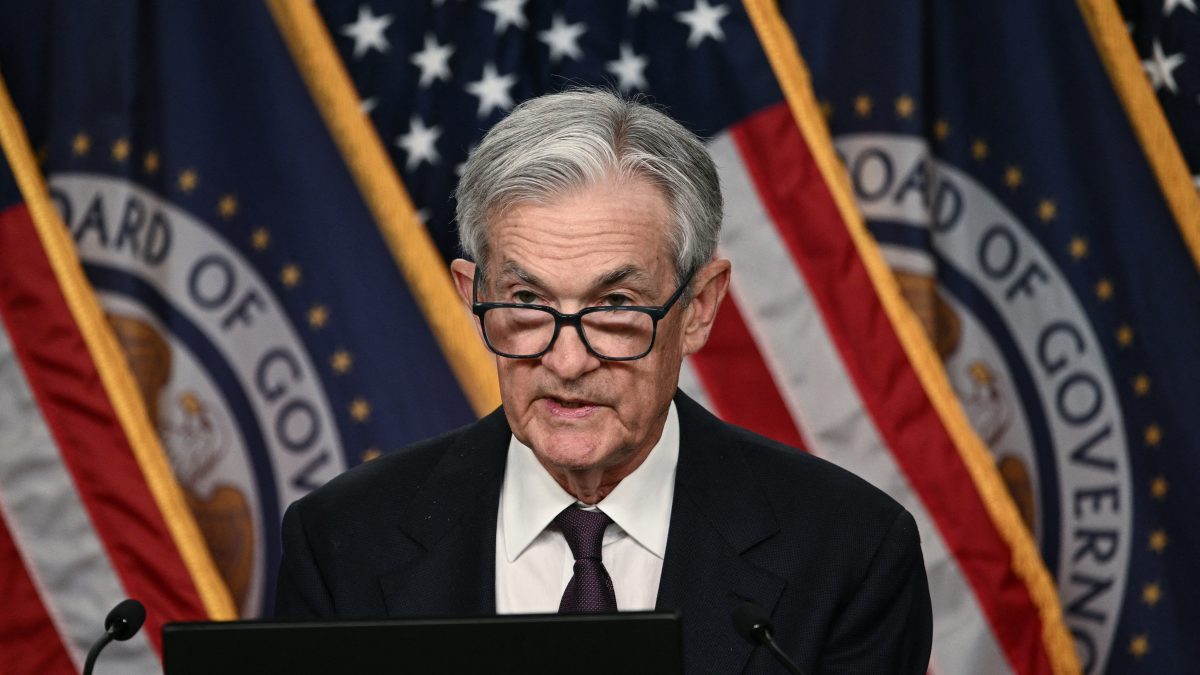Gold, long regarded as a safe-haven asset, has experienced a significant downturn following Donald Trump’s victory in the US presidential election. The metal, which had previously soared to record highs, has seen its value plummet.
We take a quick look at the recent gold slump:
After reaching a record high of approximately $2,800 per ounce in late October, gold prices have fallen sharply, hitting $2,618 this week and further declining to $2,559.2 — a near two-month low. This represents a steep drop of over 8.5 per cent in less than two weeks. Gold futures followed suit, trading at $2,567.3 on the New York Mercantile Exchange.
Silver also faced significant losses, falling to $29.68 per ounce from its mid-October highs. The LBMA benchmark price for gold plunged 8.4 per cent over a fortnight, marking its steepest two-week drop since the COVID-19 market crash in spring 2020, when gold lost 10.9 per cent in just 10 trading days.
A key factor behind gold’s recent downturn is the US dollar’s surge to a one-year high. The dollar’s DXY index broke past its summer peaks, bolstered by strong economic data, including a 3.1 per cent rise in core US producer prices and declining jobless claims. This made gold, priced in dollars, more expensive for international buyers.
The rally in US equities, driven by optimism surrounding Trump’s proposed tax cuts and deregulation, also diverted investments away from gold. Bitcoin joined the rally , briefly surpassing $93,000, as cryptocurrencies gained favour among risk-on investors.
Gold’s recent slump is notable but not unprecedented. Since the post-Gold Standard era of 1971, gold has suffered steeper declines 19 times, including the March 1980 plunge of 25.2 per cent following “Silver Thursday” and the 24.6 per cent drop during the 2008 financial crisis.
Analysts draw parallels between these events and the current scenario, where global economic conditions and market dynamics have shifted dramatically. “Gold continues to be the safe haven asset class of choice for both investors and central banks,” noted Robeco, highlighting its enduring appeal during geopolitical and economic uncertainties.
Despite the decline, the underlying fundamentals for gold remain strong. Geopolitical tensions, including wars in the Middle East and Ukraine, persist as key drivers of demand. Central banks have also played a pivotal role, with record gold purchases in the first half of 2024.
The fiscal outlook of the US under Trump — characterised by rising debt and potential tariff increases—has further underscored gold’s appeal as a hedge against economic uncertainty.
Market watchers remain cautiously optimistic. While the current risk-on sentiment has dampened gold’s allure, its status as a hedge against inflation and geopolitical risks ensures it will remain a cornerstone of diversified portfolios.
As the global economy adjusts to the new realities of Trump’s presidency, gold’s role as a store of value will likely endure, even amid short-term volatility.
Also Watch:
With inputs from agencies


)

)
)
)
)
)
)
)
)



